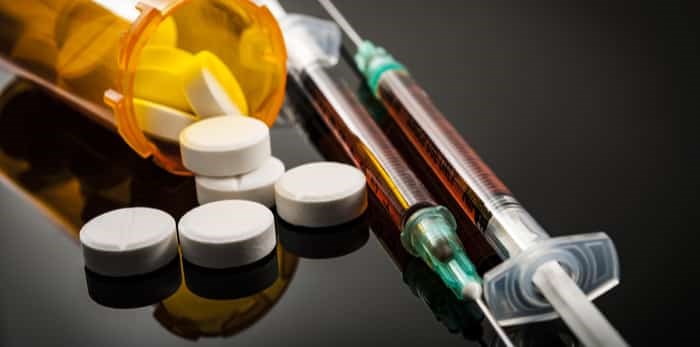New Westminster’s member of the legislative assembly, Judy Darcy, has been tasked to address one of the most pressing health crises that is claiming three or four lives a day in the province, and last week she toured the Mental Health and Substance Use Wellness Centre being built at Royal Columbian Hospital and slated to open in 2020, which will focus on addressing these issues.
 Opioid epidemic / Shutterstock
Opioid epidemic / Shutterstock
But on a smaller scale, New Westminster is one of 20 communities hit the hardest by the overdose crisis that has received funding for a community action team, put in place with $100,000 in seed money to address the crisis on the ground.
“Tragically, three to four people a day are still dying, but if it was not for the efforts of all of the resources we’ve put in, all the people we’ve put on the front line, there would have been thousands more deaths – literally,” said Darcy, who is the minister of mental health and addictions.
Twenty-four people died last year in New West of drug overdoses, and according to the Centre for Disease Control that monitors overdoses, and there have been 66 overdoses in the Fraser Health region in the week starting Sept. 16 (the last week for available statistics). That is down from a weekly high this year of 108 that occurred in April.
“When people want help, when they say ‘I want to get help,’ we need to be able to connect them now and that’s really our big focus now, to connect people who have been revived from an overdose to connect them to treatment and social supports,” Darcy said.
This community action team is tasked with responding in a coordinated way to the crisis, pulling together health care, police, fire, indigenous groups, community agencies – front-line people to target resources to save lives and then connect people to treatment and recovery.
“In our experience, it’s communities that are best at knowing what they need in their communities, they’re best at innovating and they’re able to be nimble and flexible and just move quickly,” Darcy explained.
Across the province, the focus has been on increasing the number of overdose prevention sites, modelled after Vancouver’s pioneering Insite, increasing the number of people on opioid substitution therapy. There are currently 45 overdose prevention sites in B.C.
Another focus has been to increase the number of people who can prescribe opioid substitution, like methadone and suboxone, and Darcy said this number has increased by 30 per cent in the last year, with nurse-practioners now able to prescribe.
In neighbouring Burnaby, anyone who thinks they might come in contact with someone overdosing is invited to take part in a three-and-a-half hour training session, put on by St. John Ambulance. The next sessions are on Oct. 11 at 8:30 a.m., Oct. 18 at 6 p.m. and Oct. 25 at 1 p.m. In addition to naloxone training, the course covers topics like how to recognize an overdose, how to manage an overdose scene and stigmas surrounding drug users.
The opioid training program has a goal of training 5,000 people across the province in overdose reversal. For more information, click here or call 604-321-2651.



